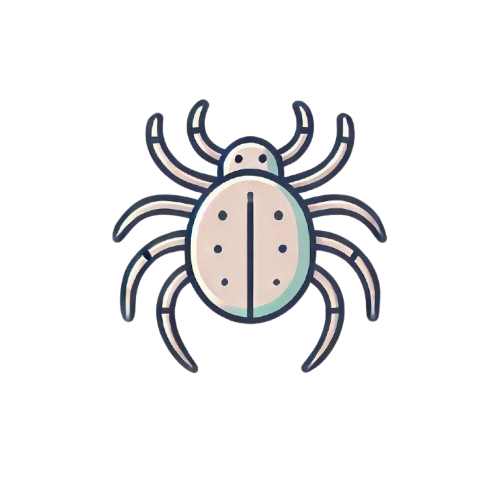Category: Mites
-
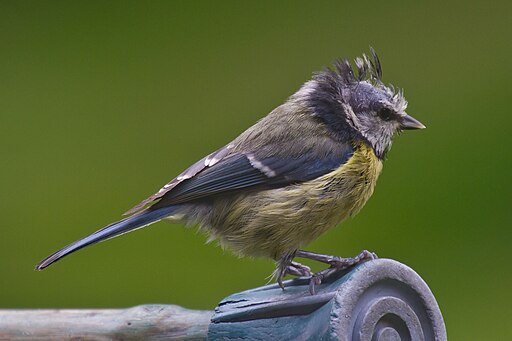
Introduction Bird mites are small but significant creatures that can affect both birds and humans. In this article, we will explore what bird mites are, their life cycle, how they interact with their hosts, their impact on humans, and how to prevent and control them. What Are Bird Mites? Bird mites are tiny parasites belonging…
-

Introduction The American dog tick, also known as Dermacentor variabilis, is a species of hard tick that is notorious for being a vector of several diseases, including Rocky Mountain spotted fever and tularemia. Found primarily in North America, this tick has a significant impact on both animal and human health. Habitat and Distribution The American…
-
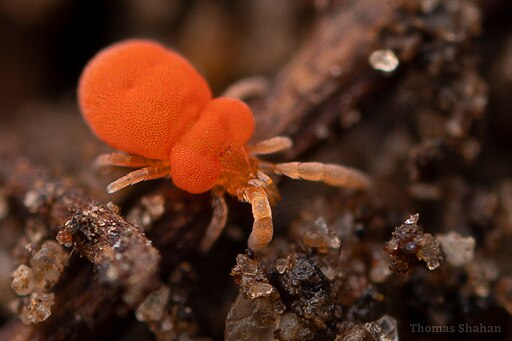
Overview Information about Harvest Mites Harvest mites, members of the family Trombiculidae, are tiny arachnids best known for their parasitic larval stage, commonly referred to as chiggers. These mites have a complex life cycle that includes egg, larva, nymph, and adult stages. While the adults and nymphs are free-living and feed on small arthropods or…
-
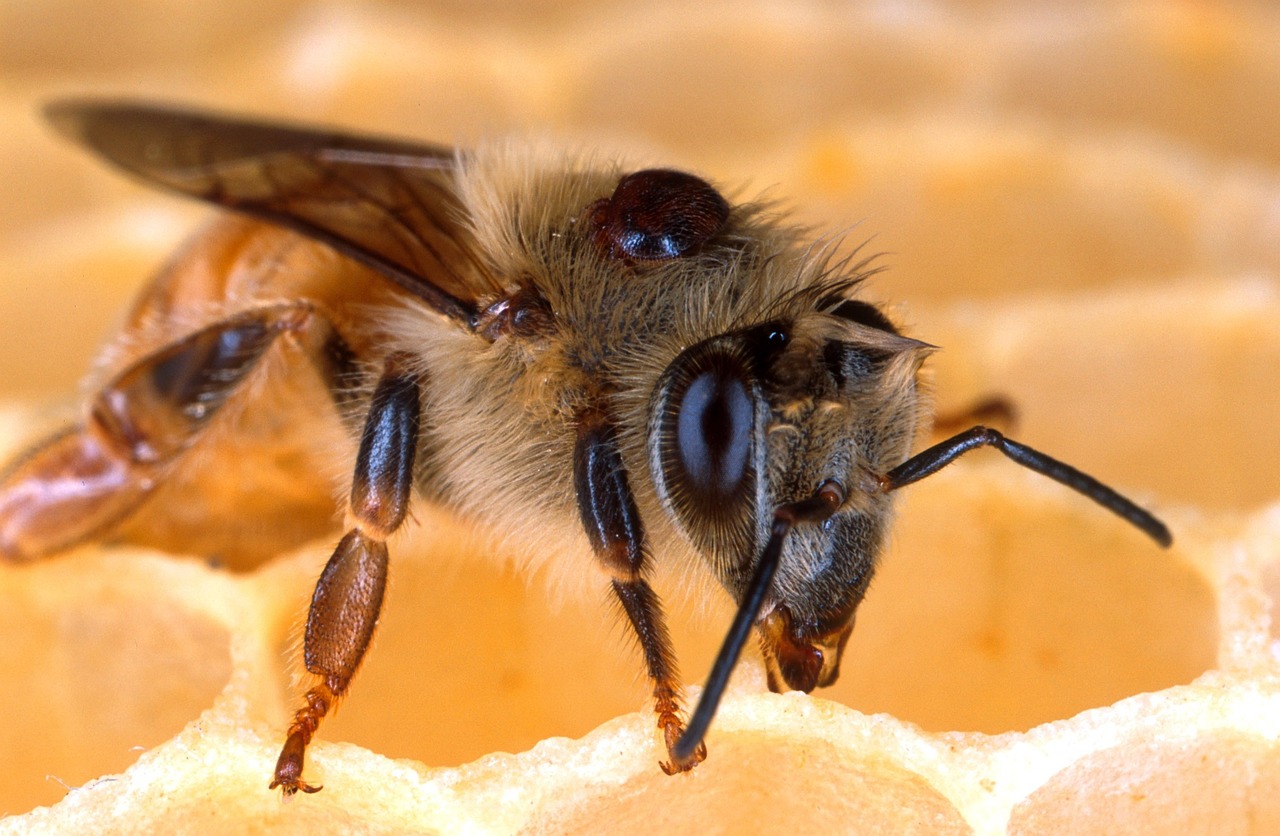
Varroa mites (Varroa destructor) are tiny, reddish-brown external parasites that primarily affect honey bee colonies. They are considered a threat to beekeeping and honey bee populations worldwide. Here is a quick overview of varroa mites The Lifecycle of Varroa Mites The lifecycle of Varroa destructor is intricate and tailored to maximize its reproductive success while…
-
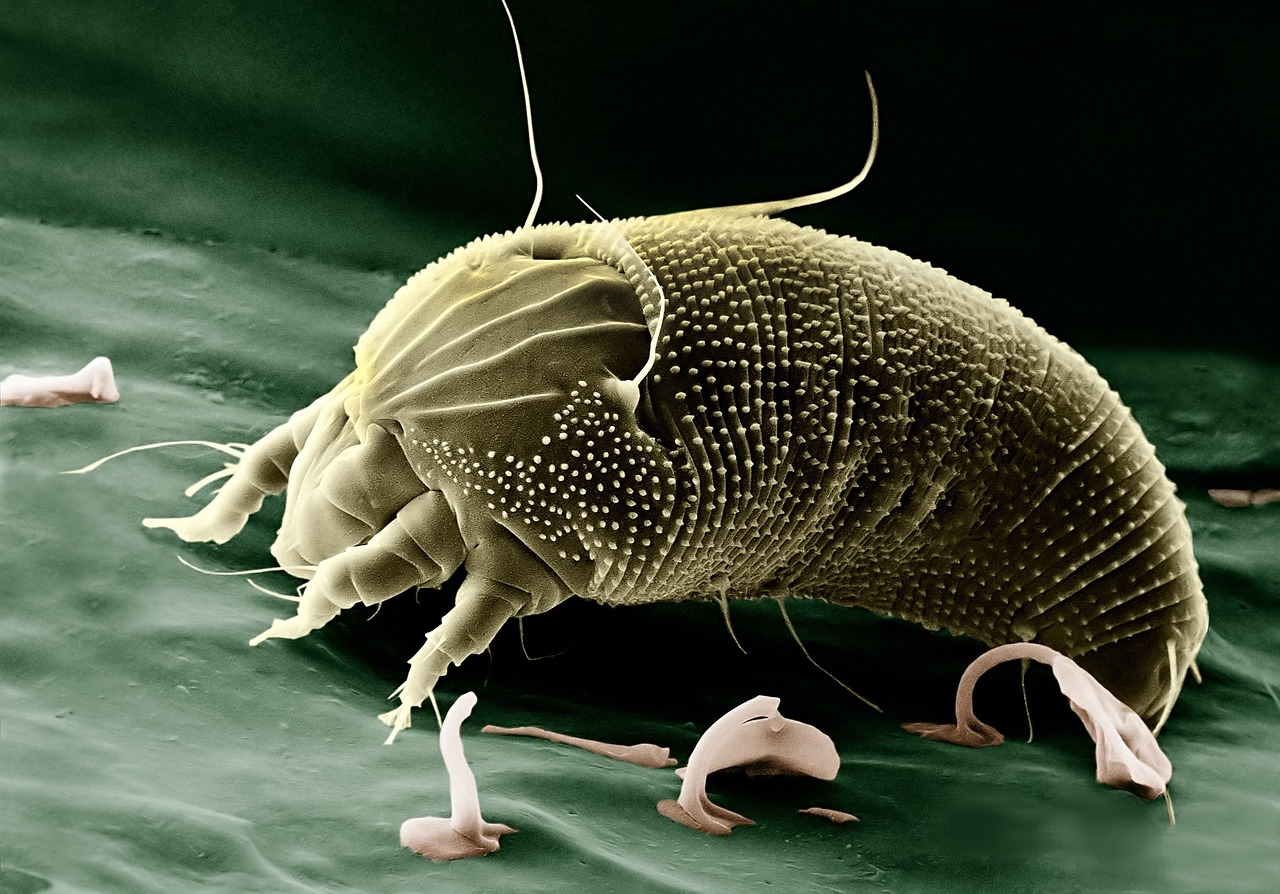
Let’s dive into an in-depth exploration of the diversity of mite species. I’ll provide a detailed overview, spanning various aspects of their taxonomy, ecological roles, adaptations, interactions with humans, and ongoing research. Taxonomic Diversity Classification and Phylogeny Mites are classified into several orders within the subclass Acari, with the most well-known being Mesostigmata, Prostigmata, Astigmata,…
